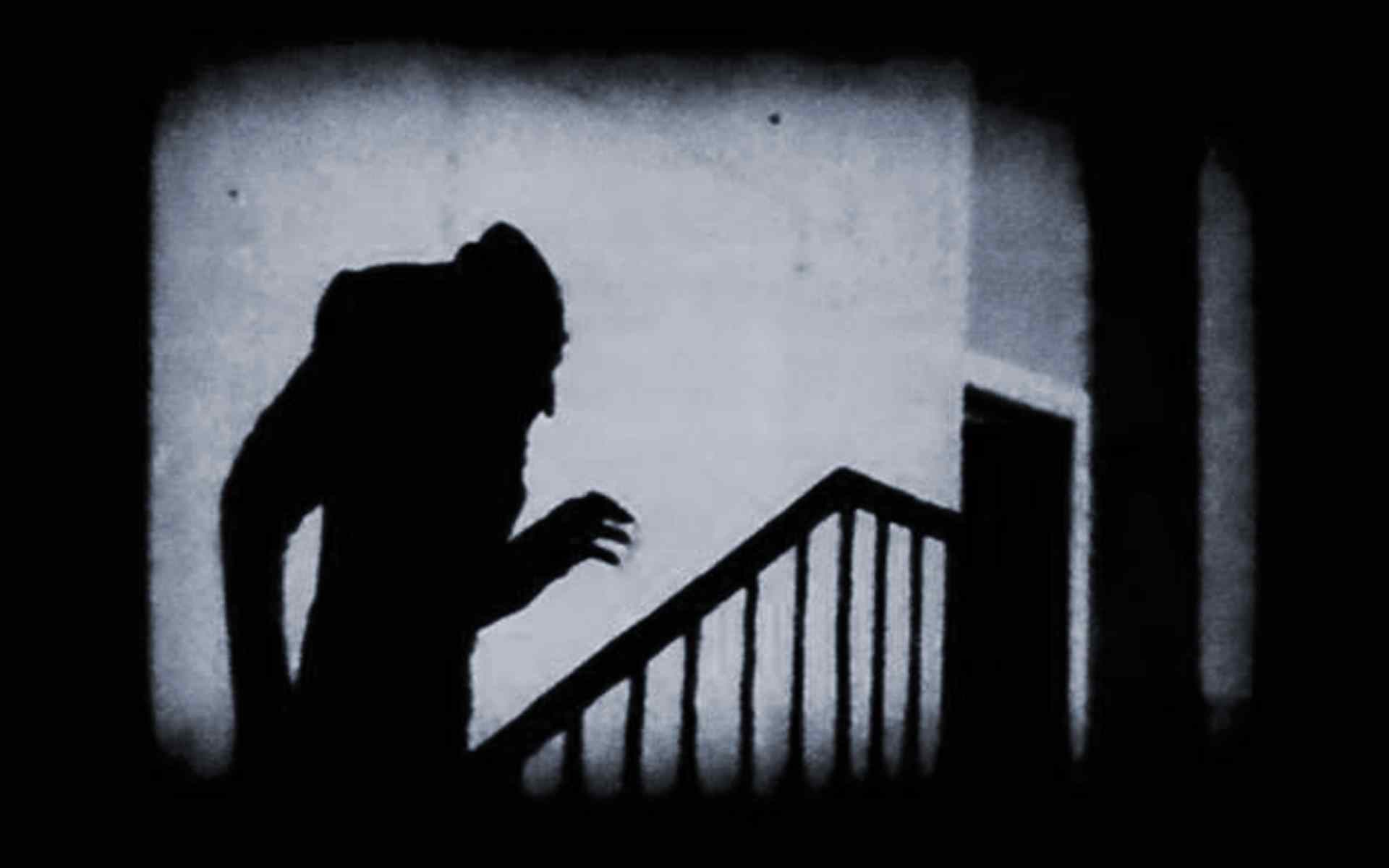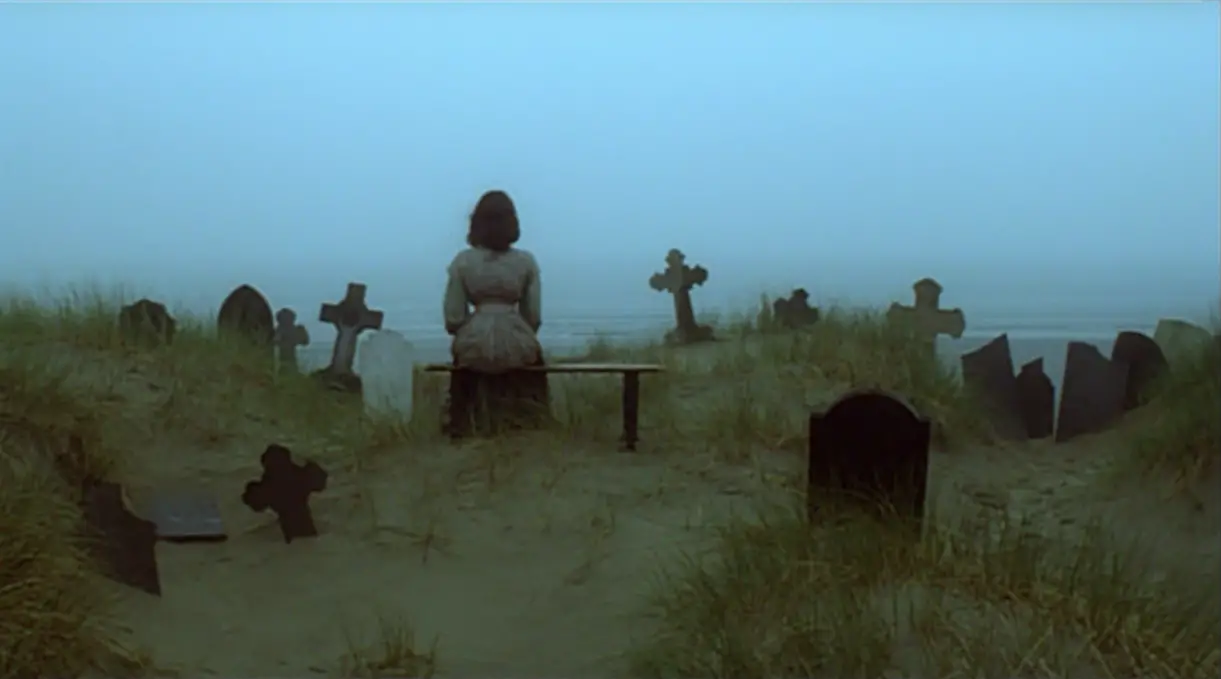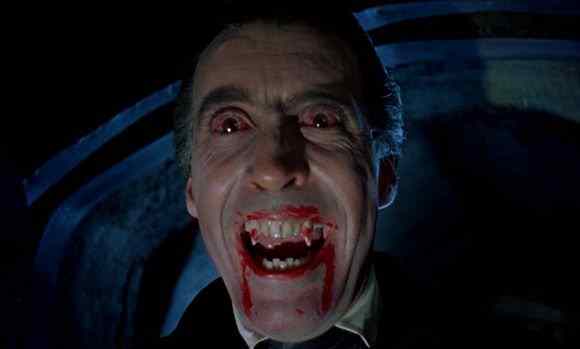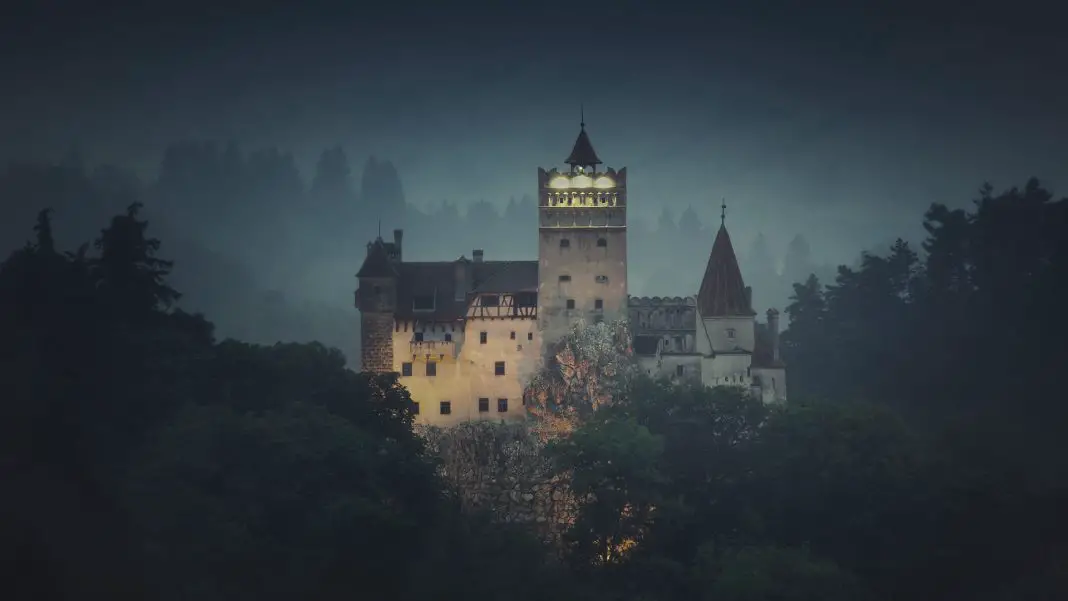Believe it or not, Bram Stoker’s Dracula is 120 years old. With the amount of impact it’s had on pop culture, from movies and television, books and comics and video games, to cereals, to the fact that it’s the single most adapted novel of all time, it’s hard to imagine a time when Dracula wasn’t simply an eternal part of our culture. Even before Stoker penned the book, there had been vampire legends all across the globe, all throughout history, predating the written word. There had been Vlad III Dracula, more widely known as Vlad the Impaler, who served inspiration for the fictional character’s name and appearance, and who is mentioned in the novel as an ancestor, a clever way for Dracula to keep his immortality a secret before Harker learns the truth.
Dracula makes its inspirations clear. No single aspect of it is necessarily revolutionary or original on its own, but when all of these things are combined and mixed together into the story we all know by heart, it’s lightning in a bottle. Everyone knows Dracula, even if they don’t necessarily know the novel because most adaptations have strayed incredibly far from the source material. But what I think most people don’t know, or at least don’t think about, is how aggressively modern the novel is by the standards of 1897.
People tend to think that, of the two oft-compared horror classics, Frankenstein is perennially on the cutting edge and Dracula is always stuck in folkloric traditions and the old, gothic past. But really, when you look at both of them on the page, the reverse is true. Victor Frankenstein, finding nothing of use in modern studies, is reverting to alchemy to bring his creation to life. Meanwhile, Dracula is about bringing an archaic, ancient creature into the modern world. It sets a template that’s still being used to this day. The “fresh spin on an old idea.” It’s something that still defines the genre.

Dracula starts off like many stories of its day. A young man out of his element is venturing to a mysterious castle in a land that is entirely foreign to him. Everyone warns him not to go, but he goes anyway, because he’s a well-read modern Englishman and doesn’t believe in their old-fashioned ways. The first four chapters—in which Jonathan Harker meets the Count, slowly comes to realize he’s being kept prisoner and that his host is a vampire—almost can be taken as their own singular short story. It’s a self-contained prologue.
From there, we jump from the Carpathian Mountains to the English seaside village of Whitby and the larger canvas of London as a whole. It’s a dramatic shift that announces itself as something different from the gothic horror readers had become used to at the time. This novel still falls under the gothic umbrella, absolutely, but its approach is unique. Dracula heavily broadcasts itself as a horror novel written at the turn of the twentieth century. It still bears the classic atmosphere of gloom and dread that we’ve come to expect from gothic horror, but it’s structured very differently and is highly dependent on technology in a way that’s almost never expected from this type of story.
The cutting-edge technology of 1897 not only affects the plot, but the way in which the story is told. In Mina Murray/Harker’s diary, she makes a point of noting that she’s learning how to use a typewriter, which had only recently become commercially available by that point. Jack Seward’s diary is kept in phonograph, which had only been invented twenty years prior and had only just become commercially available. Seward’s phonograph is meant to depict him not only as a man of wealth, but as a scientist keeping ahead of the technological curve.
 Even Van Helsing is not immune, which will probably shock some people, given everything we know about the character from movies dating back to Tod Browning’s 1931 original. In the novel, Van Helsing treats vampirism not as a spell or a curse, but as a disease. He acknowledges its unholy nature and certainly spouts plenty of exposition about the folkloric customs of warding off and dispatching the undead, but in practice he simply approaches it as a doctor combating an illness in a patient.
Even Van Helsing is not immune, which will probably shock some people, given everything we know about the character from movies dating back to Tod Browning’s 1931 original. In the novel, Van Helsing treats vampirism not as a spell or a curse, but as a disease. He acknowledges its unholy nature and certainly spouts plenty of exposition about the folkloric customs of warding off and dispatching the undead, but in practice he simply approaches it as a doctor combating an illness in a patient.
Van Helsing even goes as far as to give Lucy a blood transfusion, a practice that had only begun to have largely successful effects beginning around 1885. Blood transfusions would not become a common practice until a little before the onset of World War I. The devices Van Helsing uses for this and other procedures did not even exist at the time, which would mean that the novel’s affection for technology is so strong that it actually borders on science fiction.
Of course, Van Helsing’s treatment of vampirism as a disease has historical precedence, given that most real-life cases of vampirism were simply misdiagnosed diseases that weren’t truly understood at the time. In cases like Mercy Brown of Rhode Island, the family believed the girl was turning into a vampire when she was actually suffering from consumption, now commonly known as tuberculosis. Shockingly, this case and the larger New England vampire panic it was part of occurred only five years prior to the publication of Dracula.
This puts the relationship between the occult and the scientific in perspective. Even though these beliefs were considered to be nothing more than superstition in the text and by most people at the time, they had by no means been completely shed. Part of Dracula’s strength stems from being set at a time when science and technology were being embraced, when we were excited to usher in the twentieth century, and yet some regions of the world still held steadfast belief in vampires, still clung to beliefs that were considered to be wholly old-fashioned by most Western Europeans.
 Dracula feels modern in its structure as well, as the book takes on the structure of a detective story once the threat of the Count had been established. With “Murders in the Rue Morgue,” Edgar Allan Poe had set the template for—if not outright invented—what we commonly know as detective fiction. Once the action shifts to England, Dracula becomes a procedural. It’s about a group of people racing to find the vampire’s resting place before he can spread his evil throughout a city that is comfortable in its disbelief. The middle section of the book centers on the failed attempt to save Lucy from her illness. From there, the action shifts to the men racing to save Mina from meeting the same fate.
Dracula feels modern in its structure as well, as the book takes on the structure of a detective story once the threat of the Count had been established. With “Murders in the Rue Morgue,” Edgar Allan Poe had set the template for—if not outright invented—what we commonly know as detective fiction. Once the action shifts to England, Dracula becomes a procedural. It’s about a group of people racing to find the vampire’s resting place before he can spread his evil throughout a city that is comfortable in its disbelief. The middle section of the book centers on the failed attempt to save Lucy from her illness. From there, the action shifts to the men racing to save Mina from meeting the same fate.
There’s definitely an uncomfortable overmasculine edge to what the heroes are doing in Dracula, trying to keep Mina out of what they’re doing, considering the killing of vampires to essentially be men’s work. But Mina helps anyway, Mina forces her way into the circle, especially when they realize that thy can use her connection with Dracula to attempt to track him. While it’s uncomfortable for so many adaptations to change Dracula’s predatory nature to a more sympathetic, romantic one, I understand that it’s done to essentially give the text a three-act structure that the novel does not have, but that is necessary for a film. These adaptations result in, essentially, a new character. Movie Dracula often bears little resemblance to the vampire of the novel, who is cold and calculating and actually spends much of the book within the shadows.
These changes ultimately stem from attempts to re-organize the novel’s structure for the purposes of a film. But that doesn’t mean that there’s something outdated about the way in which Dracula is written. Even if it makes extended breaks for recipes and train schedules to retain the authenticity of its gimmick—that being that it’s a collection of diary entries and articles, etc. rather than a work of fiction—it’s actually completely ahead of the curve in some respects. When we look at the scope of horror and the films that have the most in common with Dracula as a text, it becomes clear that Dracula was basically the Blair Witch Project of its day. It reads like a found footage horror novel.
 More than that, though, the fact that it’s basically told in blog entries rather than chapters, being constantly updated, focusing on a threat that looms largely in the shadows and is vaguely defined, that the structure reads more like an online thread or wiki than an obviously plotted novel, these things bear heavy similarities to an even more recent method of horror storytelling. These things would essentially cement Dracula as the first CreepyPasta.
More than that, though, the fact that it’s basically told in blog entries rather than chapters, being constantly updated, focusing on a threat that looms largely in the shadows and is vaguely defined, that the structure reads more like an online thread or wiki than an obviously plotted novel, these things bear heavy similarities to an even more recent method of horror storytelling. These things would essentially cement Dracula as the first CreepyPasta.
Over a century later, it’s one of the most obviously influential horror stories of all time. Yet I still think it’s even more influential than its given credit for. It didn’t simply affect the way we culturally came to perceive vampires, it affected the way we wrote, shared and read horror. It’s of its era, yet still proves to be totally relevant and adaptable. 120 years and counting and it’s still a modern horror story.
Because of that, it’s truly a surprise that almost every adaptation is period-set. Dracula has survived through more screen incarnations than any other single monster. No matter what you do to him, he absolutely will not die. Stake him, burn him, slit his throat, or in most recent cases destroy both his ratings and his box office, it won’t matter. There’s life in the old bastard yet.







